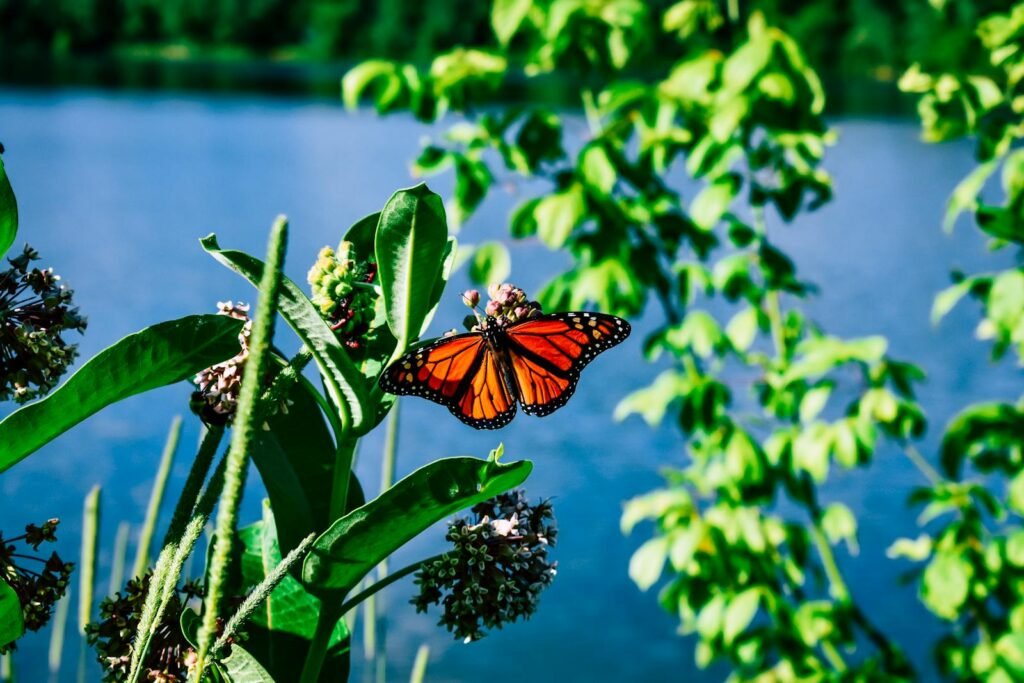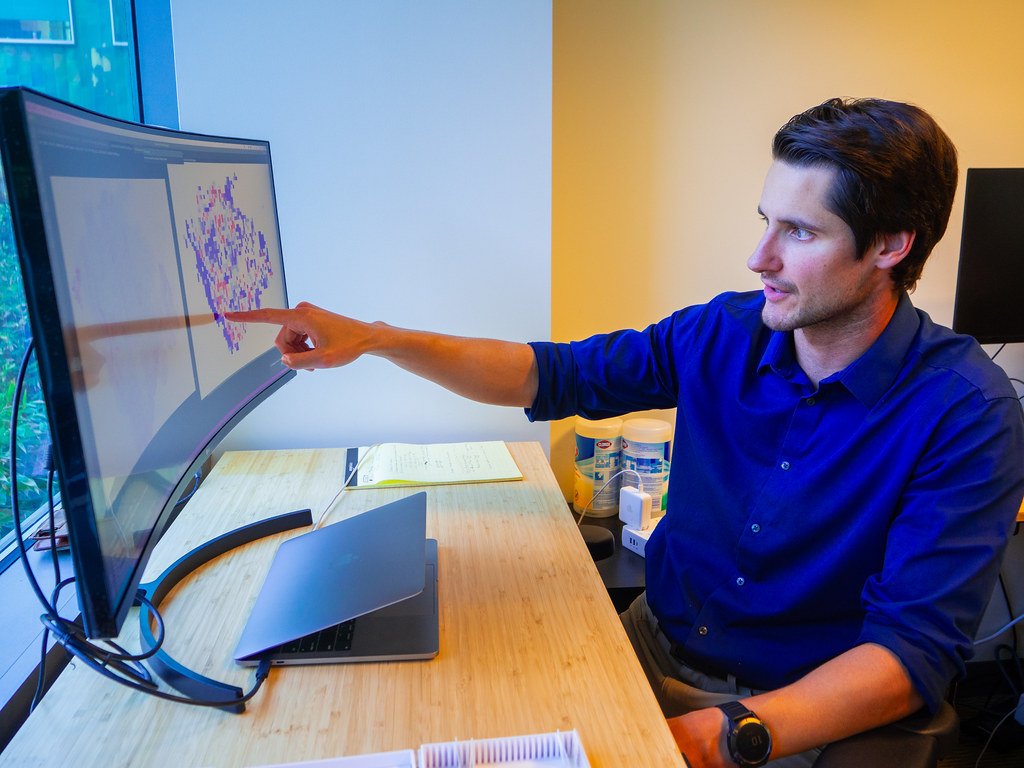In a world increasingly choked by plastic waste, a glimmer of hope emerges from an unexpected corner of nature: plastic-eating bacteria. These microscopic organisms have sparked the curiosity of scientists and environmentalists alike, as they present a potential solution to one of the planet’s most pressing environmental issues. Imagine a world where nature itself could degrade the mountains of plastic waste that have become a permanent fixture in our oceans, landscapes, and even our food chains. The promise of plastic-eating bacteria is nothing short of revolutionary, offering a natural antidote to the man-made scourge of plastic pollution. As we delve into the fascinating world of these tiny yet mighty organisms, we explore their origins, mechanisms, and the potential they hold for a cleaner, greener future.
The Origins of Plastic-Eating Bacteria
Plastic-eating bacteria were first discovered in 2016 by a group of Japanese researchers who identified a new strain of bacteria, Ideonella sakaiensis, capable of breaking down polyethylene terephthalate (PET). PET is commonly used in the production of plastic bottles and containers. This discovery was groundbreaking, as it unveiled nature’s remarkable ability to adapt to human-made materials. The bacteria were found in a recycling plant, thriving in an environment saturated with plastic waste. This suggests that bacteria, like all living organisms, evolve in response to their surroundings, developing unique mechanisms to exploit available resources, even when those resources are synthetic.
How Plastic-Eating Bacteria Work
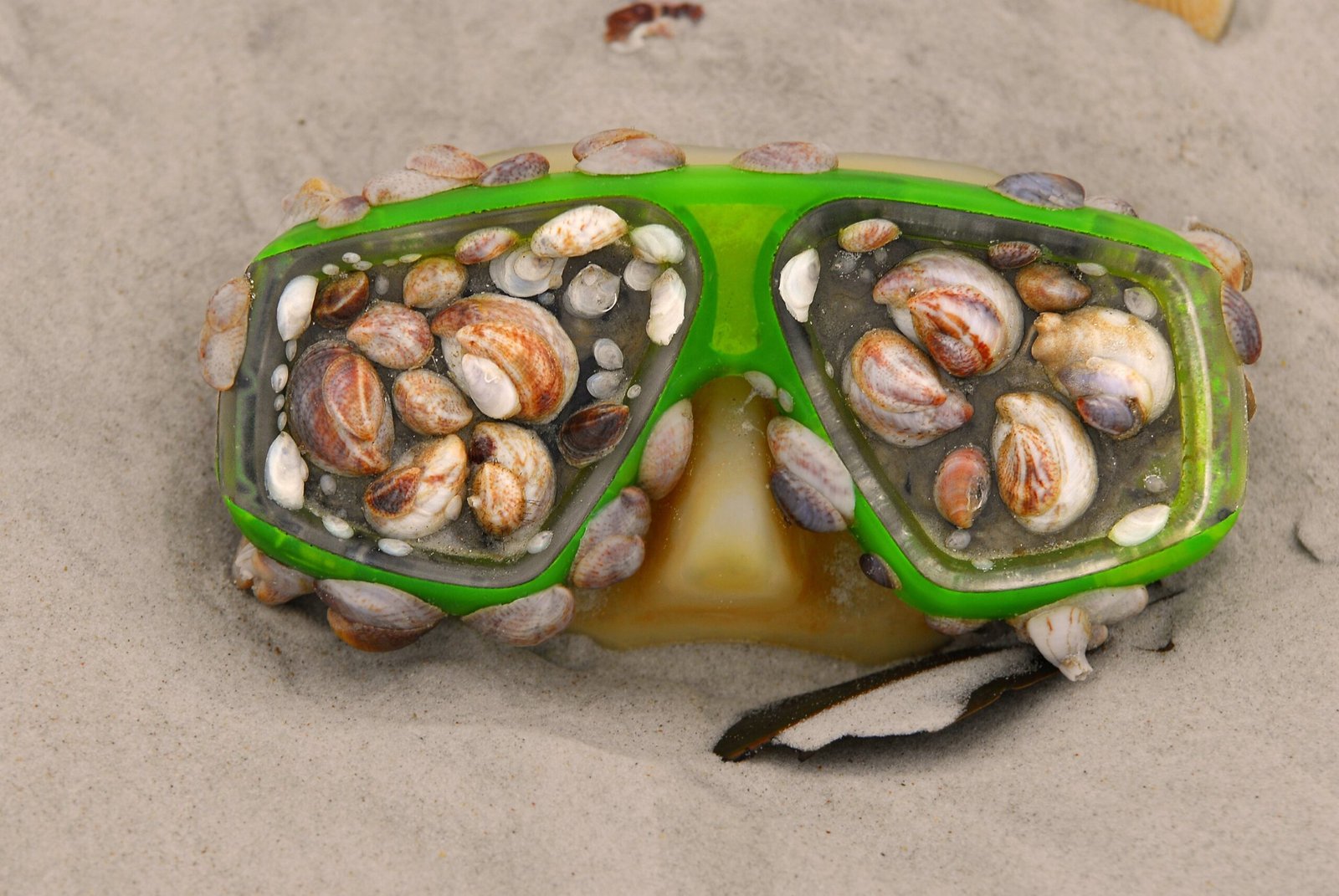
The magic behind plastic-eating bacteria lies in their enzymes, which function like tiny chemical scissors, cutting through the long chains of polymers that make up plastics. Ideonella sakaiensis, for instance, produces an enzyme called PETase, which breaks down PET into smaller, more manageable molecules. Once the plastic is broken down, another enzyme further processes these molecules into simple compounds that the bacteria can use as a source of carbon and energy. This ability to metabolize plastic transforms what was once a pollutant into a resource. It’s akin to turning a locked door into an open gateway, allowing bacteria to access the energy stored within plastic materials.
The Science Behind Enzyme Action
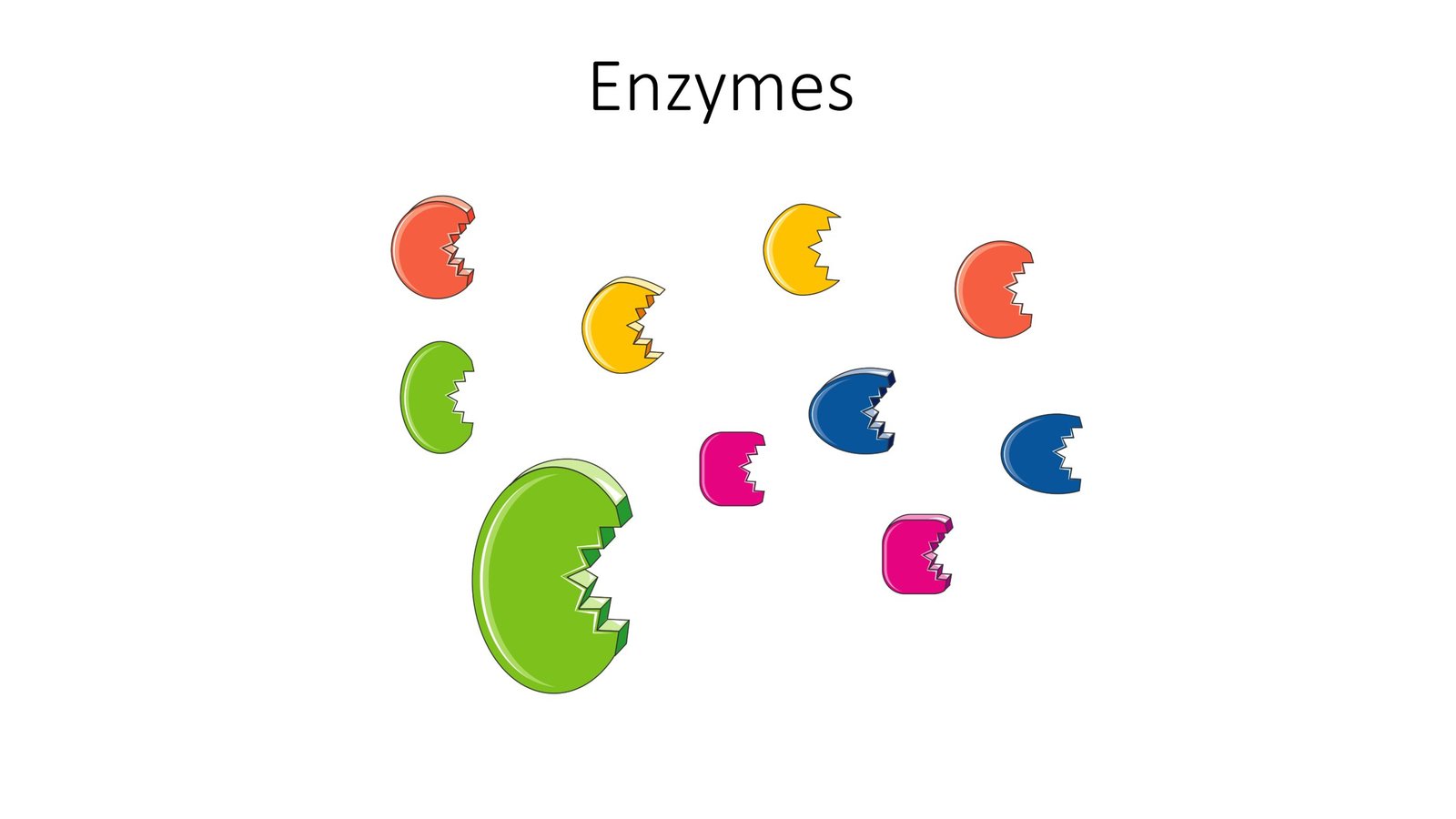
Enzymes are proteins that catalyze chemical reactions, and in the case of plastic-eating bacteria, they are specially adapted to target the chemical bonds in plastic. The structure of these enzymes is highly specific, enabling them to interact with plastic molecules in a way that facilitates their breakdown. Scientists have been studying the structure of PETase to understand how it binds to plastic and how its efficiency might be enhanced. By analyzing the enzyme at the molecular level, researchers can design strategies to improve its activity, potentially leading to faster and more complete degradation of plastics.
Potential Applications for Environmental Cleanup
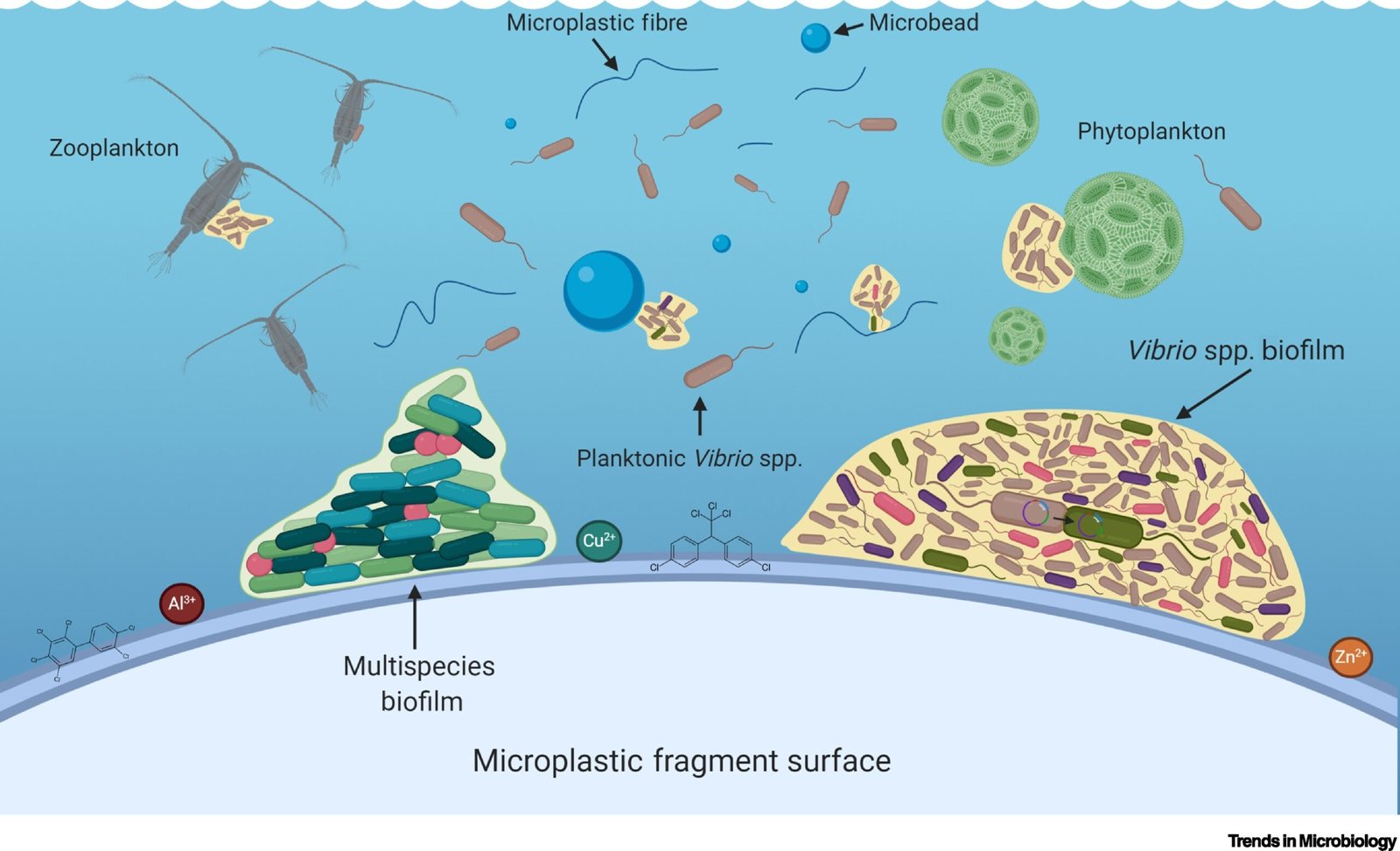
The potential applications of plastic-eating bacteria extend far beyond the confines of a laboratory. In theory, these bacteria could be deployed in landfills, oceans, and other environments burdened with plastic waste. Imagine a future where waste management facilities are equipped with microbial solutions that actively break down plastics, reducing the need for traditional recycling processes. Furthermore, these bacteria could be used in bioreactors to process plastic waste in a controlled and efficient manner. As scientists explore these possibilities, they are also considering the ecological implications of introducing such organisms into natural ecosystems.
Challenges in Harnessing Bacterial Potential
Despite their promise, several challenges must be overcome before plastic-eating bacteria can be widely used in environmental cleanup. One major hurdle is the rate at which these bacteria degrade plastic, which is currently too slow for large-scale applications. Additionally, there are concerns about the stability and efficiency of these bacteria in diverse environmental conditions. Researchers are also wary of the potential ecological impact of releasing genetically modified organisms into the wild, as this could disrupt existing ecosystems. Addressing these challenges requires a careful balance between scientific innovation and ecological responsibility.
Advancements in Genetic Engineering
Genetic engineering offers exciting possibilities for enhancing the capabilities of plastic-eating bacteria. By modifying the genes responsible for enzyme production, scientists hope to create supercharged strains capable of breaking down plastic more efficiently. Techniques such as CRISPR-Cas9 have opened new avenues for precise genetic modifications, allowing researchers to fine-tune bacterial genomes. These advancements could lead to the development of bacteria that are not only faster at degrading plastics but also capable of targeting a wider range of plastic types. Genetic engineering thus holds the key to unlocking the full potential of these microbial allies.
The Role of Public Awareness and Education
Public awareness and education play a crucial role in the successful implementation of plastic-eating bacteria as a solution to pollution. By informing people about the capabilities and benefits of these bacteria, we can foster a culture of innovation and environmental stewardship. Educational campaigns can highlight the importance of scientific research and its applications in addressing global challenges. As the public becomes more informed, there is potential for increased support and funding for research initiatives aimed at harnessing these bacteria for environmental cleanup. Public engagement also ensures that ethical considerations are addressed, promoting responsible use of biotechnology.
Collaborative Efforts in Research and Development
The development of plastic-eating bacteria as a viable solution to plastic pollution requires collaboration across scientific disciplines and international borders. Researchers, environmentalists, and industry leaders must work together to share knowledge, resources, and expertise. Collaborative efforts can accelerate the pace of discovery and innovation, leading to more effective and sustainable solutions. International partnerships also ensure that solutions are applicable across diverse environments and take into account the unique challenges faced by different regions. By fostering a spirit of collaboration, the scientific community can overcome the barriers to implementing bacterial solutions on a global scale.
Ethical Considerations in Biotechnology
As with any biotechnological innovation, the use of plastic-eating bacteria raises important ethical considerations. The potential release of genetically modified organisms into the environment must be carefully managed to prevent unintended consequences. Ethical frameworks are needed to guide research and development, ensuring that technological advancements are aligned with societal values and ecological integrity. Public discourse on biotechnology can help shape policies that balance innovation with caution, safeguarding both human and environmental health. By addressing ethical concerns, we can pave the way for responsible and beneficial applications of plastic-eating bacteria.
The Future of Plastic-Eating Bacteria
The future of plastic-eating bacteria is filled with promise and potential. As research continues to advance, these bacteria could become a cornerstone of global efforts to combat plastic pollution. By integrating scientific innovation with environmental stewardship, we can envision a world where plastic waste is no longer a burden but a resource. The journey towards this future will require persistence, collaboration, and a commitment to ethical practices. With the right investments and policies, plastic-eating bacteria could become a powerful tool in the quest for a cleaner and more sustainable planet.


